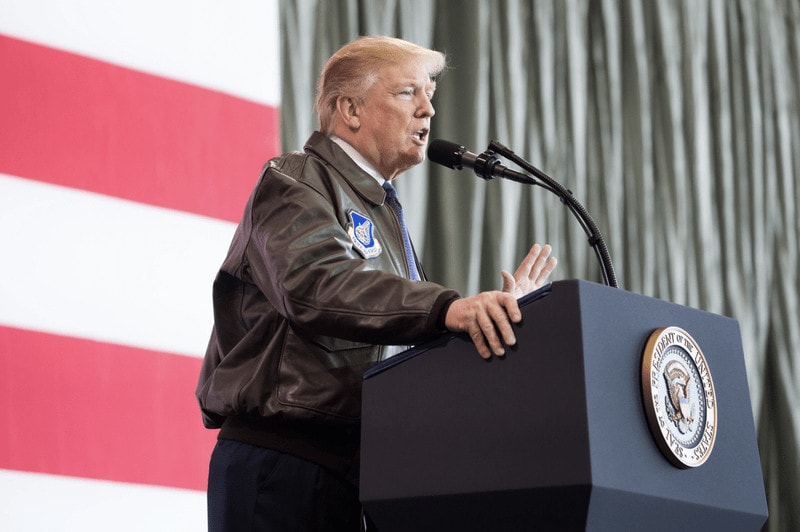Trump’s Indo-Pacific policy wasn’t all wrong

Originally published by Asia Times
Trump hands off to Biden an Indo-Pacific that’s better off than in 2017 but there’s still important policy work to be done
It has been fashionable in recent years to claim that the Trump administration’s China policy was an “attitude not a policy.” But this was always a Washington cocktail party quip more than anything else.
Now, the declassified US Strategic Framework for the Indo-Pacific – the 2018 handiwork of then-National Security Council (NSC) Asia director Matthew Pottinger – lays out the administration’s policy towards China and the rest of the region.
It’s worth reading to understand the administration’s systematic approach to asserting and defending US interests and principles in the Indo-Pacific.
Considering that the Trump administration was frequently savaged for its supposed go-it-alone approach, the plan reveals much emphasis on aligning US policy and efforts with regional nations’ interests.
National Security Adviser Robert O’Brien’s accompanying letter notes that in 2018 on two occasions US National Security Council, Defense Department and State Department officials met in Hawaii with representatives from across the region to understand their perspectives and common interests and objectives.
Not surprisingly, handling the People’s Republic of China is the main issue. But defense isn’t the sole focus. Rather, the strategic framework is a multi-faceted effort that includes economic, strategic influencing as well as intelligence and counter-intelligence lines of effort, among others.
Following the document’s release ten days ago the commentariat has commented as is its wont:
- The document is “banal” and every other administration has said the same thing.
- It was Chinese assertiveness, not the Trump administration’s efforts, that coalesced a regional response to the PRC.
- ASEAN wasn’t taken seriously because it appears on page nine (near the end) and ASEAN is lumped in the same line with the (much less important) Pacific Island Nations
And while there are some grudging admissions that the plan as written just might be acceptable, the claim is that it ultimately accomplished nothing.
Really? Perhaps compare 2017 with 2021.
And remember that the Trump administration had less than four years – closer to three in fact – to make its mark on the region.
Click HERE to read more.
- Communist China Telegraphs Its Punches - December 30, 2025
- Sometimes One’s Image of a Country gets ‘fixed in time’ and left behind by reality - December 22, 2025
- Taiwan confirms $11 billion U.S. weapons sale; China condemns arms deal as ‘dangerous’ - December 18, 2025
